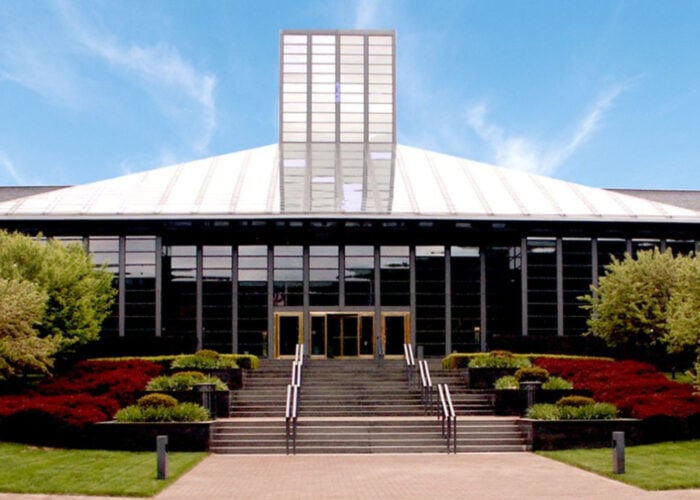
Artificial intelligence (AI) company Avathon has launched its AI-powered Autonomy Platform to boost profitability in a market that is facing tax and policy challenges.
Avathon said its Autonomy Platform helps operators optimise asset performance in real time, detect anomalies and capture market opportunities. The system predicts failures, schedules maintenance, and aligns work with workforce and inventory data. It also delivers energy and maintenance forecasts to boost revenue and reduce volatility, while automating compliance, contracts, invoicing and reporting.
Try Premium for just $1
- Full premium access for the first month at only $1
- Converts to an annual rate after 30 days unless cancelled
- Cancel anytime during the trial period
Premium Benefits
- Expert industry analysis and interviews
- Digital access to PV Tech Power journal
- Exclusive event discounts
Or get the full Premium subscription right away
Or continue reading this article for free
According to the company, the platform is built on a computational knowledge graph with machine learning, language and vision models that integrate with SCADA, weather, market and compliance systems. Avathon claimed it can act autonomously, cutting costs and improving efficiency without human intervention.
“The renewable energy industry is at a critical inflection point, with rapid growth creating immense operational complexity and at the same time facing policy headwinds,” said Pervinder Johar, Avathon CEO. “Our Autonomy Platform is the answer. We’re providing a fully automated intelligent system that makes real-time decisions, transforming how assets are managed from the ground up.”
Founded in 2013, San Francisco-based industrial AI startup Sparkcognition is backed by investors including Temasek Holdings, Verizon Ventures and Boeing. The company had announced it rebranded itself as Avathon.
AI in the renewables industry
AI is being increasingly adopted as a solution for the future of renewables. In September 2025, China’s National Development and Reform Commission (NDRC) and the National Energy Administration (NEA) issued guidelines to accelerate the integration of AI in the energy sector.
The policy outlined eight application areas, including power grids, oil and gas, thermal and hydropower, and new business models. In new energy, the focus was on using AI for high-precision power forecasting, electricity markets, plant operations, planning, and project evaluation to address volatility and intermittency.
Additionally, several firms moved to expand AI in renewables, with Euclid Power raising US$20 million in a Series A round to scale its platform and services, while Nextracker invested over US$40 million in three robotics and AI technologies to boost plant maintenance and modelling. Nextracker also created a new division and appointed its first AI and robotics officer to lead the effort.






